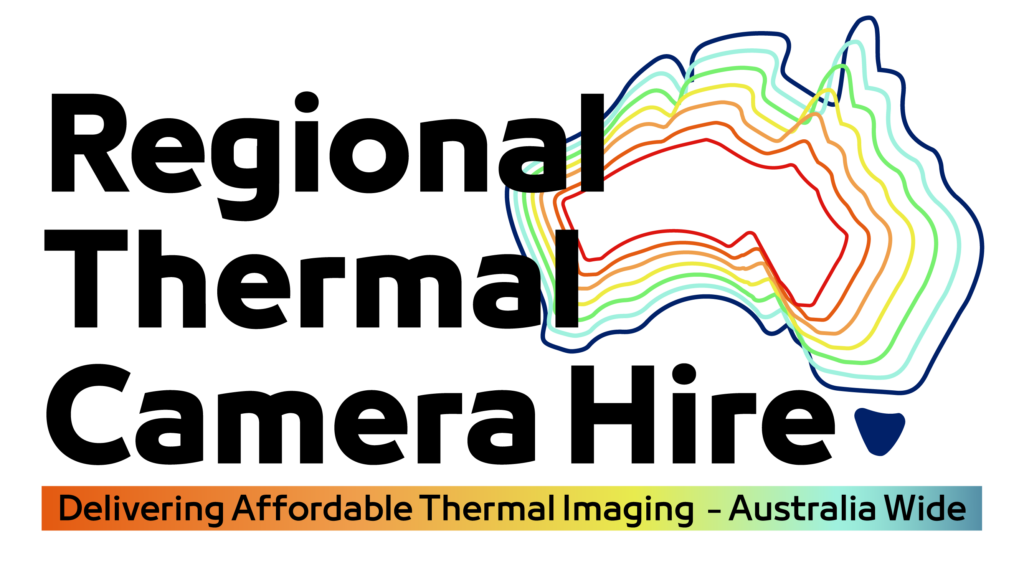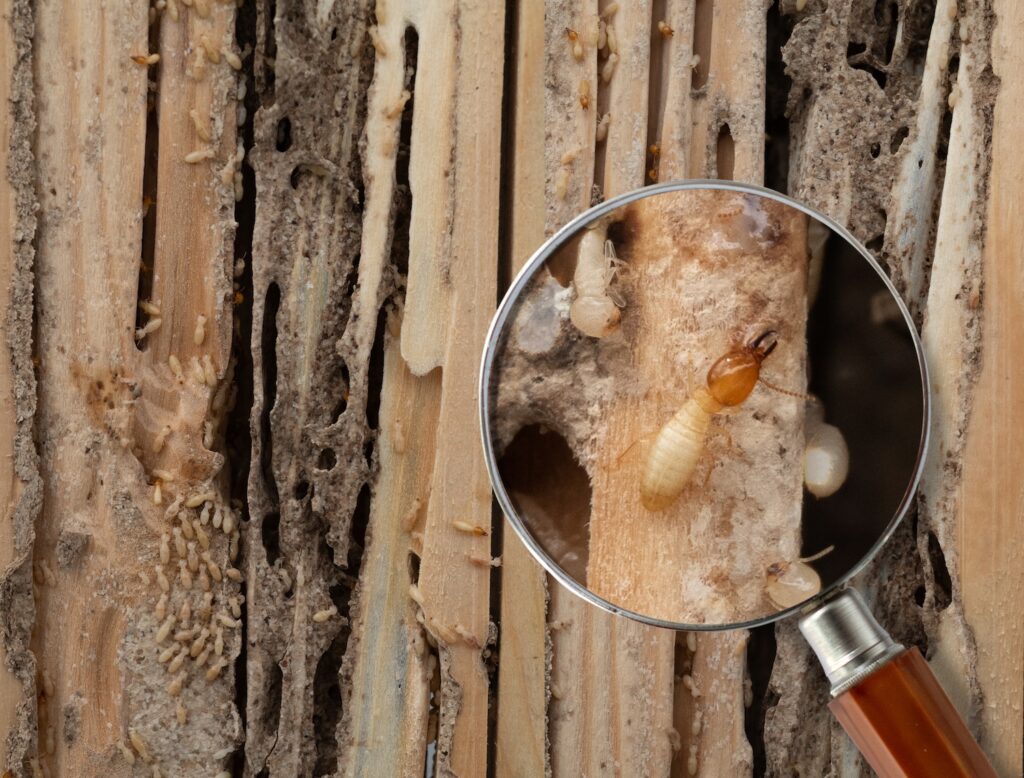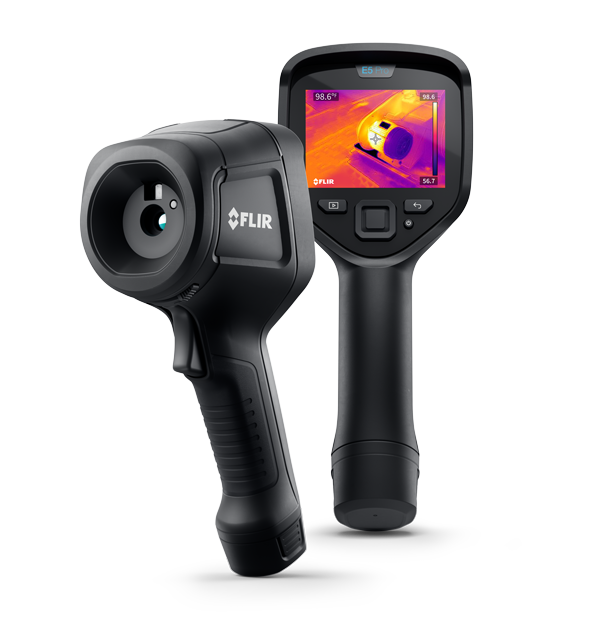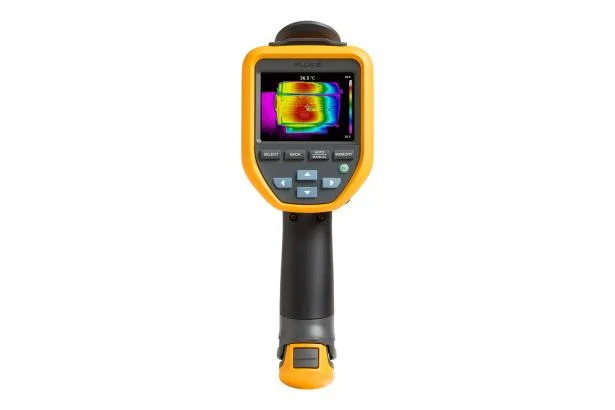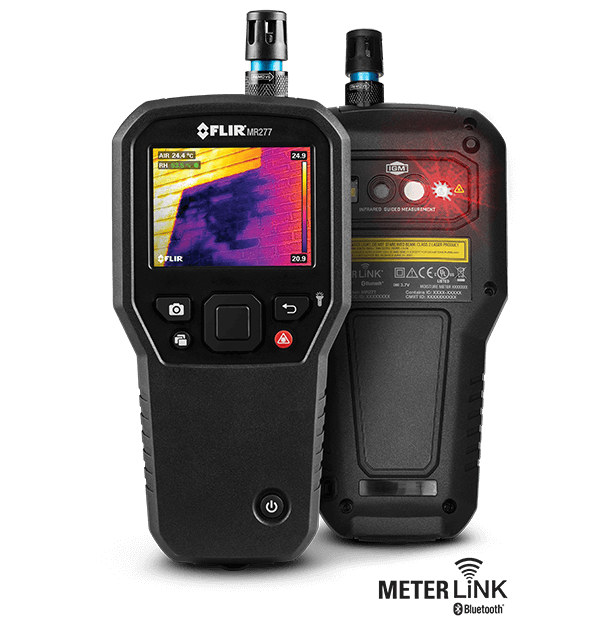Thermal imaging has become a powerful tool for detecting pests hidden within building structures, providing a non-invasive way to identify and locate infestations. From termites damaging wooden structures to rodents nesting in walls and possums hiding in roof cavities, thermal cameras can detect these pests by capturing their heat signatures. In this guide, we’ll walk you through how to use thermal imaging effectively for pest control, with specific examples of termites, rodents, and possums.
Step 1: Understand How Thermal Imaging Works
Thermal imaging cameras detect infrared radiation, converting heat into a visual image. Different surfaces and objects emit varying levels of heat, and these variations are captured as temperature differences in the image. Pests like rodents, termites, and possums generate body heat, and thermal imaging can detect their heat signatures, even behind walls or inside cavities.
Step 2: Choose the Best Thermal Camera for the job
For pest control purposes, you need a thermal camera with the following features:
- Resolution: A higher resolution camera offers better detail, which is crucial for identifying small pests like termites
- Sensitivity: The camera should detect small temperature differences to spot slight heat contrasts from pests.
- Range: Ensure the camera has a good detection range, as you may need to scan large areas such as walls, ceilings, or outdoor structures where pests like possums may be hiding.
Step 3: Inspect Likely Infestation Areas
Termite Inspection
Termites are notorious for causing significant damage to wooden structures, often before the infestation is visibly detectable. Here’s how to use thermal imaging for termite detection:
- Scan Wooden Structures: Focus on walls, floors, beams, and window frames. Termites generate heat while tunneling and feeding, which can show up as warmer areas in the wood.
- Identify Cool Spots from Moisture: Termites thrive in moisture-rich environments. If there’s a termite infestation, you may also detect cooler areas indicating moisture buildup, which attracts termites.
- Spotting Termite Tunnels: In some cases, thermal imaging can reveal hollow areas or tunnels inside wooden structures where termites are actively feeding, showing up as anomalies in heat distribution.
Rodent Control Inspection
Rats and mice are common indoor pests that prefer hidden, enclosed spaces. Thermal imaging is especially useful for detecting these nocturnal pests:
- Check Walls and Ceilings: Rodents nest inside walls and ceilings, where their body heat creates warmer spots visible through thermal imaging. Look for small, concentrated warm areas where nests might be located.
- Track Movement: Rodents are active, especially at night. Use the thermal camera to monitor their movement patterns behind walls, identifying frequently used routes or feeding areas.
- Inspect Basements and Crawl Spaces: Rodents often hide in dark, secluded areas. By scanning these spaces, you can detect clusters of warm spots where rodent activity is occurring.
Possum Pest Control
Possums can create significant problems in roofs or attic spaces, where they often nest. Because possums are larger animals, they produce more noticeable heat signatures, making them easier to detect:
- Scan Roof Cavities: Possums usually take refuge in roof spaces. A thermal camera can easily detect the large heat signature of a possum hiding in these areas, especially in cold weather when the temperature contrast is greater.
- Monitor Entry Points: Possums typically enter buildings through gaps in eaves or other entry points. Use thermal imaging to detect heat signatures around these areas where possums may be entering or exiting.
- Look for Nests: Possums often create nests in dark, warm spaces. Scan these areas with a thermal camera to locate their hiding spots, which will show up as larger, warm patches on the thermal image.
Step 4: Identify Pest Hotspots
Thermal imaging will show temperature variations that indicate pest activity. Here’s how to interpret those heat signatures for each pest:
- Termites: Look for warmer areas inside wooden beams or structures, indicating termite tunnels or nests. Termite activity tends to be concentrated in specific areas, so small clusters of heat signatures are key.
- Rodents: Rodent nests often appear as small, warm patches, while you may see moving heat signatures that indicate active rodents. These pests are often found in walls, crawl spaces, and behind appliances.
- Possums: Large, stationary heat signatures indicate possums in roof spaces or attics. Possums tend to stay in one area during the day, making it easier to locate them during a daytime inspection.
Step 5: Confirm the Extent of the Infestation
Once you’ve identified heat patterns suggesting pest activity, it’s important to assess the extent of the problem:
- For Termites: Scan the entire structure to see if there are multiple areas of heat anomalies. If you detect termite activity in one part of a wall, check the surrounding woodwork for further signs of infestation.
- For Rodents: Monitor several areas of the building to see if there are multiple nests or paths that the rodents are using to move through the building.
- For Possums: Possums are territorial, so if you detect one, scan the rest of the roof cavity to see if there are additional animals nesting in the same space.
Step 6: Use Thermal Imaging to Guide Treatment
Thermal imaging helps focus your pest control efforts on the right areas, reducing wasted time and resources:
- Targeted Application: For termites, you can apply localized treatments, such as baits or insecticides, directly to the areas showing heat signatures. Rodent traps can be placed near nests detected by thermal imaging, while possum-proofing efforts can focus on identified entry points.
- Reduce Damage: Instead of drilling into random sections of walls or floors, thermal imaging helps you target the specific areas where pests are located, minimizing disruption to the building.
Step 7: Post-Treatment Monitoring
After applying pest control measures, use thermal imaging to:
- Verify Success: Re-scan the treated areas to ensure that the heat signatures have disappeared, indicating that pests have been eliminated.
- Check for Residual Pests: Occasionally, a few pests might survive initial treatments. Use the thermal camera to monitor over time, ensuring no remaining activity, especially in hidden spaces like roof cavities for possums.
Step 8: Schedule Routine Inspections
Even after eliminating an infestation, routine thermal inspections can help catch new issues early. For termites, rodents, and possums, early detection is crucial to prevent long-term damage and costly repairs.
Key Benefits of Thermal Imaging for Pest Control
- Non-Invasive Detection: No need to tear down walls or floors to detect infestations.
- Precise Identification: Focus pest control efforts on areas of real activity, reducing the need for widespread treatments.
- Early Detection: Thermal imaging can detect pest infestations in their early stages, preventing severe damage.
- Works in Darkness: Thermal cameras are ideal for inspecting attics, basements, and other dark areas where pests like rodents and possums often hide.
Conclusion
Thermal imaging provides an effective, non-destructive method for detecting pests like termites, rodents, and possums within buildings. Whether you’re dealing with a small rodent problem or a large termite infestation, thermal cameras can pinpoint pest activity, helping to guide treatment and reduce damage. With regular inspections, you can keep your building pest-free while minimizing costly repairs. Our thermographic camera hire can help you with pest control and we would love to discuss further
